How to Use Fibonacci Retracement for Finding the Exit and Entry Price
The stock market is a mystery—at least for me. No one can really predict when a stock hits the top or bottom. Many have tried to do so, but none has ever succeeded. Trying to outsmart the market will do more harm than good. It will devour you eventually.
I've always imagined the stock market as a mysterious beast. A beast that feeds on fear. It can sense fear from a million miles away.
In order to tame this mysterious beast, you need a mysterious tool. In the stock market, the only mysterious tool I can think of is, the Fibonacci retracement. I use it to determine when a stock is losing its momentum. As a momentum trader, my strategy is to buy stocks when the upward momentum is strong, and sell when there is a sign of weakness.
Without further ado, here is my criteria for setting my Fibonacci retracement:
1. The stock must be in an uptrend.
$ALCO January 31, 2017.
$WPI July 07, 2017.
2. Find a candle with above-average volume.
3. Start the retracement at the bottom of the candle.
4. End the retracement at the latest 52-week high.
5. Above the 0.236 retracement level is the safe zone. It is safe to buy above that level, and sell immediately when it breaks below—a strong sign that the stock is losing momentum. I recommend buying when it breaks the 0 retracement level, in other words, buy on breakout.
ALCO
WPI





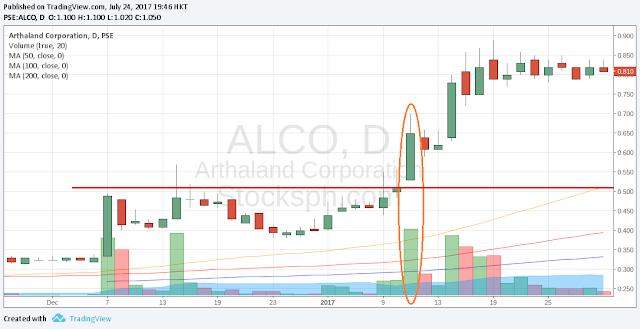
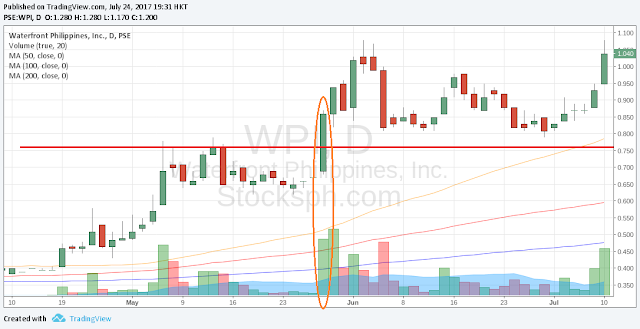
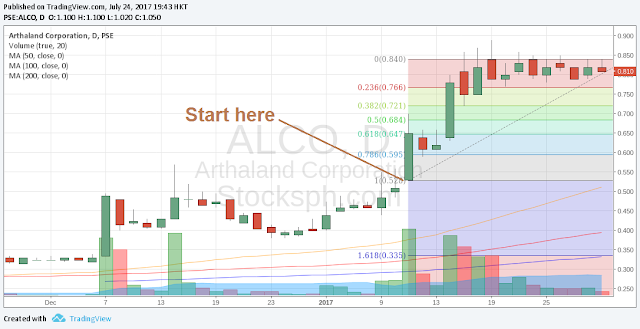
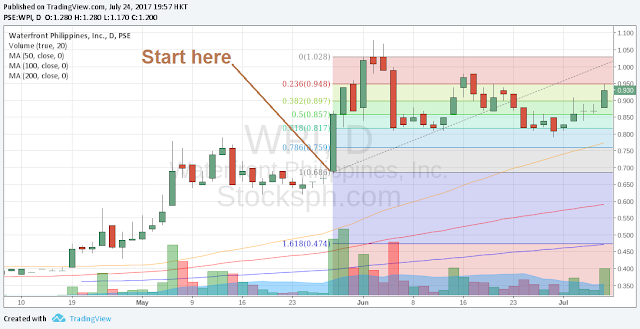

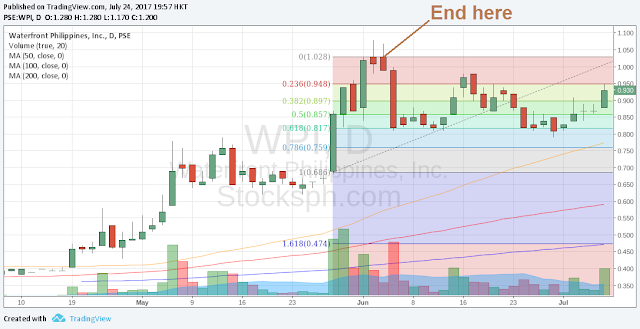


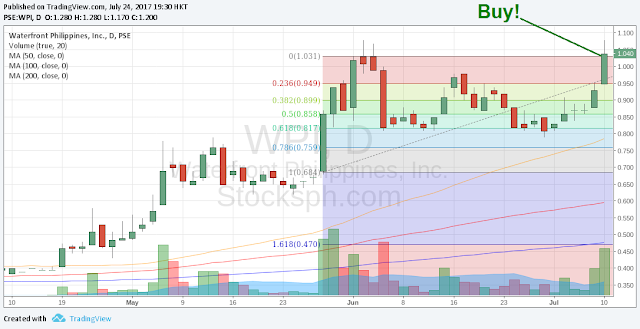
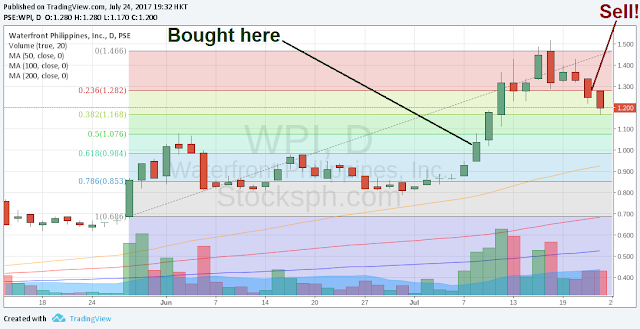
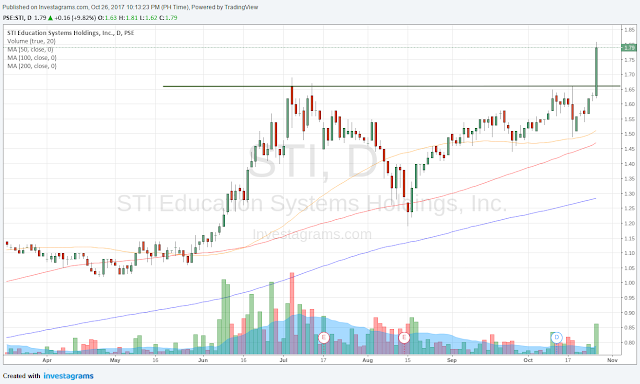
Comments
Post a Comment